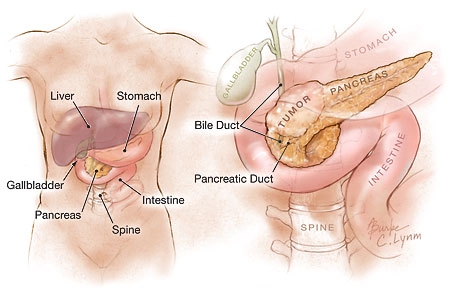
Health benefits of soy have been fairly well established in epidemiological and observational studies. Its wide-ranging benefits include protection from heart disease, obesity, diabetes, high blood pressure, osteoporosis, certain types of cancer and perhaps menopausal symptoms. yet, not many are aware of how much is beneficial, and many have concerns regarding its safety and recommendations with regard to children.
The protective benefits of soybean arise largely from its plant protein, isoflavones, and a special class of fatty acids known as omega-3 fatty acids.
Research shows that soy protein, when included in a low-fat and low-cholesterol diet, could lower blood total cholesterol and low-density lipoprotein cholesterol (LDL or ?bad?) cholesterol levels, without adversely affecting high-density lipoprotein or ?good? cholesterol levels. In 1999, the US Food and Drug Administration announced that incorporating 25 grams soy protein a day in the diet helps fight coronary heart disease.
Scientists have identified several potential anti-cancer substances in soybeans, isoflavones (phytoestrogens) especially genistein, has caught the attention. Studies have shown that when genistein is added to different types of cancer cells growing in laboratory test tubes, the growth of these cells stops. more than 100 studies have demonstrated the effectiveness of genistein as an anti-cancer substance.
However, there are concerns with regard to certain kinds of cancers which are estrogen-sensitive like breast, colon and prostate cancer i.e. cancers which grow when exposed to estrogen. Soy phyto-estrogens are chemical relatives of the human hormone estrogen and may weakly mimic or oppose the hormone?s effects. The age at which soy is introduced affects the results. A high soy intake during childhood and adolescence seems to reduce the risk for hormone-related cancers including breast cancer in women before menopause; soy intake by adults may or may not reduce this risk and more research is needed to clarify these relationships.